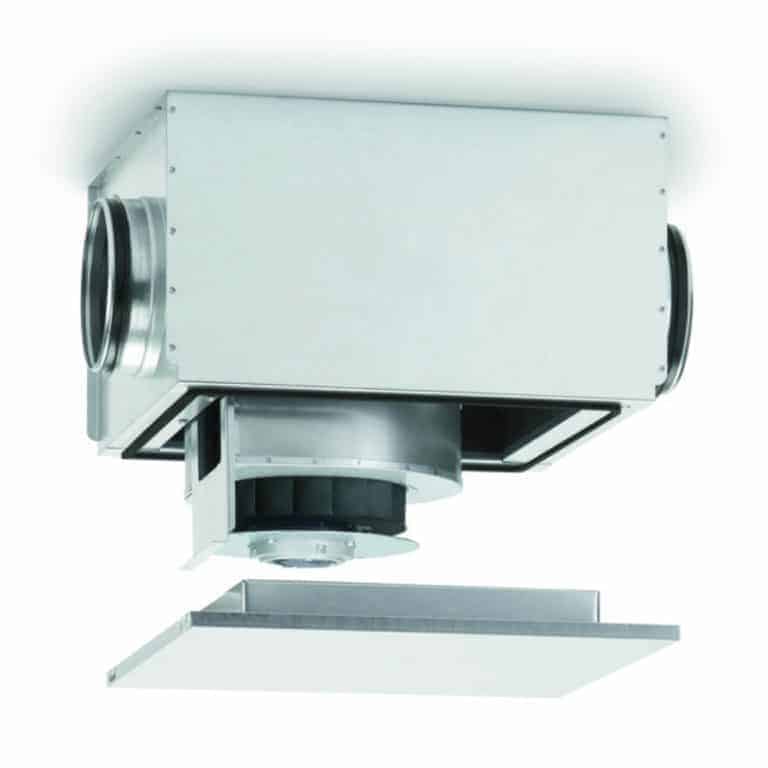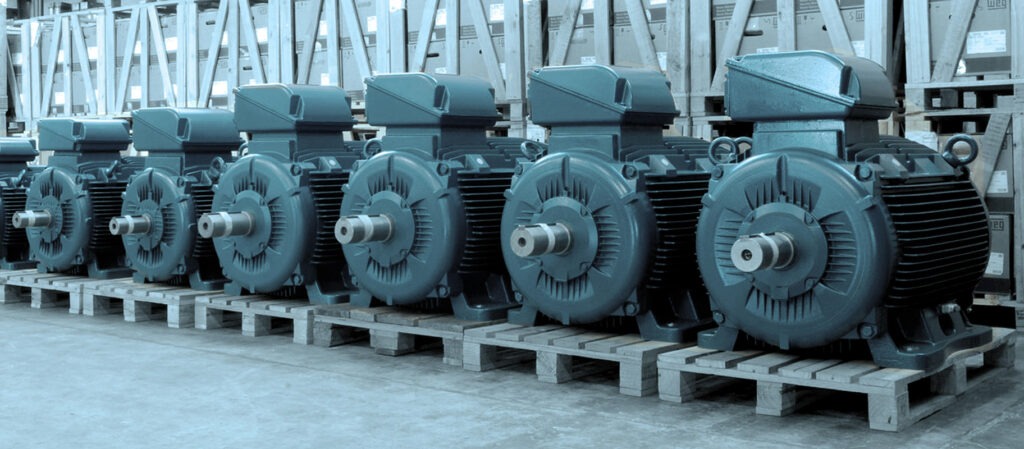
How did the previous technology work?
Each ordinary motor basically consists of a stator and a rotor. The stationary stator has built-in coils through which current flows during operation. This creates a magnetic field that points to the rotor inside the motor.
For conventional AC or three-phase motors, coils or other conductive materials are also built into the rotor. The stator coil’s magnetic field transmits voltage to the rotor coil (like a transformer). The current flows through there and generates another magnetic field, which is attracted by the stator’s magnetic field. The rotor has no choice but to turn.
Because the magnetic field in the stator moves from coil to coil at the power supply frequency (usually 50Hz), it pulls on the rotor. The problem with this technology is the high losses caused by the current in the rotor.
Now the EC motor. How does it work?
Resourceful technicians have created a new generation of motors, including EC motors. The rotors in these motors consist of permanent magnets. Thus, the voltage does not have to be first passed from the stator to the rotor to magnetize it. This avoids current loss in the rotor. That’s the way to save energy.
Another feature of the EC motor is that it runs on direct current rather than alternating or three-phase current. However, in order to generate the rotating magnetic field in the stator, each coil in the stator must be powered by a complex electronic control of AC – (England, the motor is reversed so as to be electronically E lectronically C ommutated = EC), and there is a spool – the magnetic field is migrated to the coil.
Something seemingly complex has one big advantage: the speed at which the rotating field is generated can be freely determined by the electronics, so it is no longer dependent on a power frequency of 50Hz. As a result, these motors are lighter and easier to control than conventional drives.
However, anyone who thinks ac motors are going extinct is wrong. Here, too, development continues, and the miracle weapon of the future is likely to be an AC motor called a synchronous reluctance motor, which will be more economical than current EC motors.

